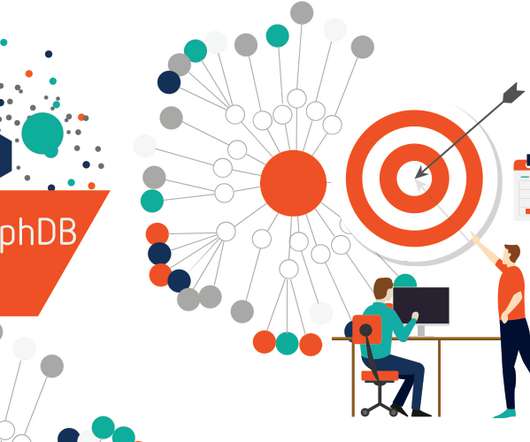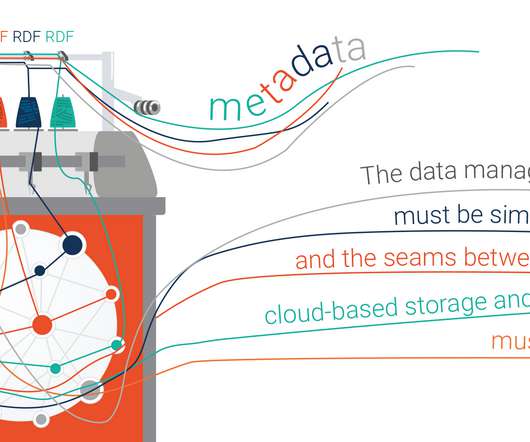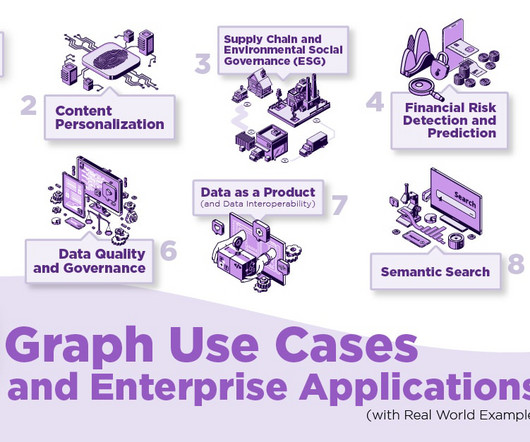Crafting a Knowledge Graph: The Semantic Data Modeling Way
Ontotext
FEBRUARY 19, 2020
Paradoxically, even without a shared definition and common methodology, the knowledge graph (and its discourse) has steadily settled in the discussion about data management, data integration and enterprise digital transformation. Maximize the usability of your data. The concept even echoed in the castle of Dagstur.
















Let's personalize your content